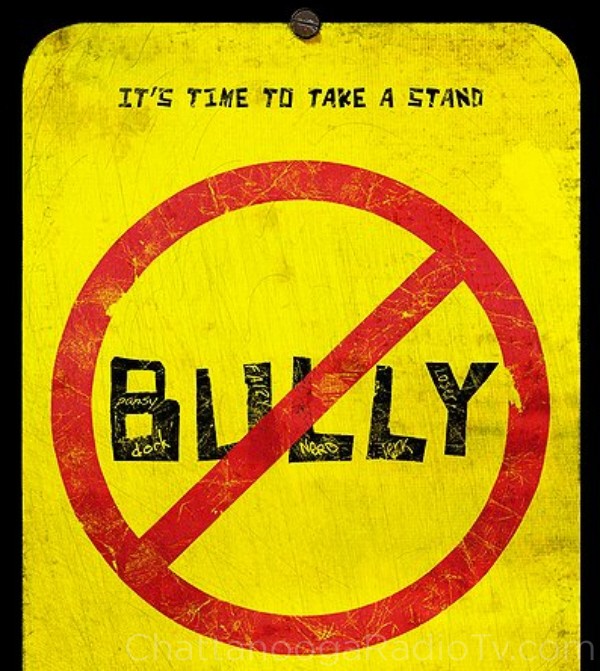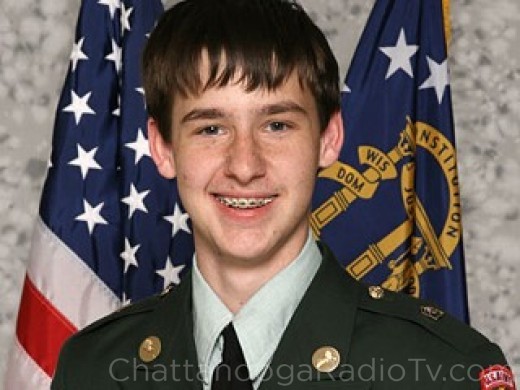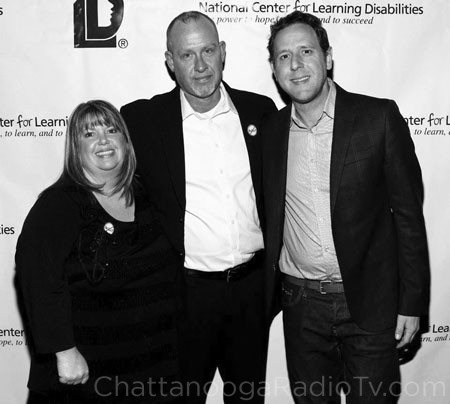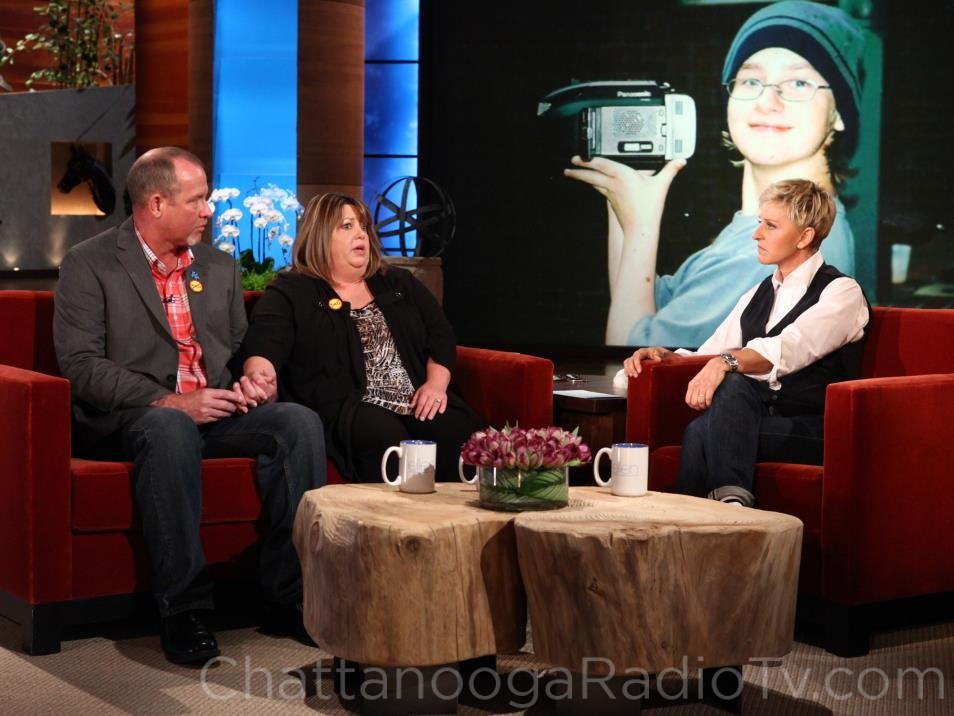Not a day goes by. Sometimes it’s a man in line at Burger King. The next time it’s a woman in the mall. Most often it’s an e-mail. “I saw you in that Bully movie,” they’ll say. “Thanks for trying to help.”
I never thought I’d be in the movies. In fact, when you see me in that film, while you’re looking at me, ending up on a big screen was the furthest thing from my mind.
Some background: I had met Tina and David Long at their home in Chatsworth, Georgia in October 2009, just days after their son Tyler had hanged himself in his bedroom. He was 17. He had a form of autism called Asperger’s Syndrome. His parents described his affliction as one in which his social skills were often misunderstood or mocked by his peers. He might laugh at inappropriate times, or not understand when someone was making a joke. They told me he was mocked and taunted throughout middle school, and into his high school years. They had complained early and often to Murray County school officials, they said, to no avail. I tried to get the school district’s side of the story, but they would not comment. Not even, “We’re trying, we’re doing what we can.”
I had been introduced to the Longs by a family member, who surprised me with an unusual request: the Longs wanted to do a TV interview about their son’s suicide. That’s generally a taboo topic on the news, for two reasons. First, most families don’t want to talk about it. There’s a definite stigma attached. And second, many news organizations are reluctant to “glamorize” suicide, fearing others, particularly teens might get ideas. I’ve never felt that way. I know this tragedy happens far more than it is reported. Certainly every death by suicide doesn’t need to be identified as such, but the root causes such as depression and yes, bullying need not be swept under the rug.
I did the interview, the story ran, and the response was surprisingly sudden and vocal. Other media outlets joined in as well. With each day, I would hear new stories of bullying, many from Murray County. Each time, I attempted to contact the Superintendent. The results were always the same. No response.
It seemed like someone should say something. If bullying was rampant in Murray County schools, let’s get it out in the open. Or if the charges were overblown, and the school district was taking the right steps to combat the problems, we should let everyone know that too. So I hatched a plan. Let’s hold a town meeting on bullying, right there in Chatsworth, and air it out. Invite everyone. If folks wanted to complain, give them a forum to do so. And if school officials had a response, or a plan, what better way to get their message out to the public?
The date was set: December 1st, a Tuesday. Two weeks before the event, the invitations went out to every School Board member, the Superintendent and the principals. Included in that message, we urged them to include any school district employee. I envisioned a well-moderated meeting, in which parents or students who had concerns, could voice them. In turn, school district folks could show they care, take notes, and pledge to find solutions.
I reached fifty percent of my goal. The parents and students showed up, a healthy number of them. They had stories to tell, of kids being terrorized on the bus, humiliated in bathrooms or pushed around in the cafeteria. Yes, they had complained through the proper channels, and were too often told, “Oh well, boys will be boys.”
Although I’d heard rumors that no school district employees would show up, I discounted them. Surely, I thought, the Superintendent, the principals, the teachers would want to tell their side of the story. I knew they couldn’t address specific complaints for legal reasons, especially the Long case, and I would shield them from that. But I thought they, or a representative would be on hand just to say, “Thanks for bringing this to our attention. We will take the necessary steps to ensure this type of behavior does not continue.”
It turned out the rumors were true. One school employee said to me in confidence, “We were told not to go, that it would be a mob scene against the school system.” Although I had pledged to not let that happen, that was their story, and they stuck with it.
That’s why I’m in the “Bully” film. Documentary producer Lee Hirsch attended the town meeting. The Longs had told me he was working on a bullying film, and was traveling the country interviewing families and kids who had been victimized in various ways. Since I was in charge of the Chatsworth meeting, the Longs wanted to make sure it was okay for Hirsch to capture the event on video.
Frankly, if anyone from Murray County schools had shown up, we would have had a more productive meeting, and the “Bully” film would have been quite different. I certainly would have had very little to complain about, wouldn’t I?
Murray County school officials would have saved face, and not been the subject of scorn from moviegoers and DVD renters nationwide.
The resulting film got great reviews when it hit theaters in March 2012, and greatly increased its audience when the DVD was released several months later. I think it should be required viewing in every middle school. The content is disturbing, and some of the language is rough, although nothing middle schoolers haven’t heard. The film isn’t easy to watch. The emotions are raw. When the credits roll, you realize you’ve seen something that will stick with you for a while, as any good documentary should. It is, to use a well-worn phrase, a call to action. It has already done some good. Tina and David Long, and others involved in the film, have spoken at the White House, in New York City, Los Angeles, and many points in between, sharing their story. They’ve appeared on “Ellen,” CNN and Fox News to name a few, taking their crusade to an audience of millions. They headlined a local public affairs show, “The Bully Battle,” which has been awarded multiple times.
It’s a battle worth fighting, and I’m proud to be in that film.






